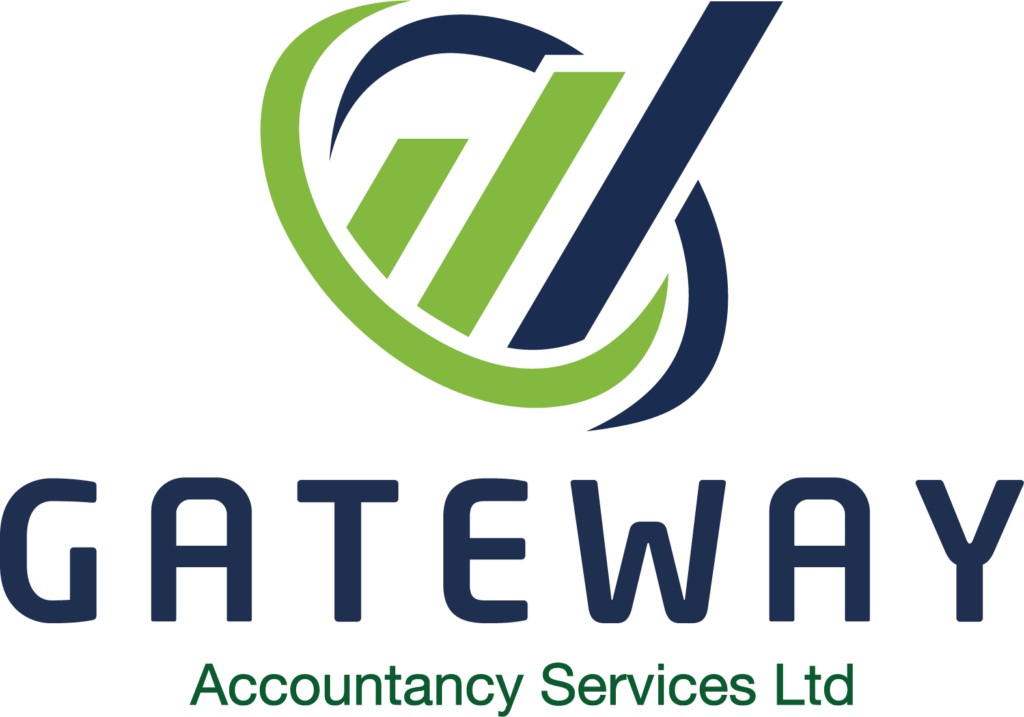
National Insurance (NI) contributions are the taxes paid to build up your entitlement to certain state benefits like the State Pension. If you are a self-employed it’s important to understand how NI works.
Failing to pay the proper amount of National Insurance when your self-employed means you could potentially miss out on receiving your full state pension or other benefits if you ever need them.
This guide will cover everything self-employed people need to know about NI, such as: what it is, how much you need to pay, when it’s due, special scenarios, and how to keep track of your NI contributions over time.
There are two elements of NI, National Insurance contributions (NICs) and benefits. The contributions fund the benefits the government would pay to people like pensioners, the unemployed, parents and people with certain medical conditions or disabilities. Welfare payments and NHS support will be given to those with qualifying NI records.
NI is essentially a tax paid by workers. Individuals must pay NI on various types of income like salaries, bonuses or business profits. In return, contributors gain entitlement to certain state benefits. Some key benefits NI supports include:
Each qualifying individual covered by NI is issued their own unique National Insurance number used for tracking contributions made over their working lifetime.

There are two classes that the self-employed pay National Insurance – Class 2 and Class 4. Class 2 has a flat weekly rate while Class 4 is a percentage of profits between the Lower and Upper Profits Limits.
Class 2 National Insurance Rates
The Class 2 National Insurance rates for the tax years 2023/24 and 2024/25 is £3.45 per week. This applies to profits above £6,725.
Class 4 National Insurance Rates
For 2023/24, profits between £12,570 and £50,270 pay the main Class 4 rate of 10.25%. Profits over £50,270 pay the additional 3.25% rate.
Self-employed individuals pay Class 2 and Class 4 NI amounts annually as part of their Self Assessment tax return, which must be filed by January 31st each year if profit exceeds £1,000.
HMRC automatically calculates the amount of National Insurance due based on profits and other income reported on the tax return. Self-employed contractors then have until the following January 31st to settle their outstanding tax bill, which will include both the income tax amount owed and any National Insurance contributions required.
There are a few payment options available:
Choosing the payment method that best fits your cashflow needs and remembering deadlines is advised to avoid penalty charges. Keeping accurate accounting records helps ensure National Insurance contributions are reported correctly to HMRC.

Maintaining a full NI history helps qualify for certain financial assistance programs in later life. Individuals can check their NI record and contribution details using the online service GOV.UK.
A few key pieces of information are required to get a basic Statement of National Insurance Contributions including:
The statement will show a complete overview of tax years where contributions have been paid or credited along with any gaps in the record.
Some benefits like Jobseekers Allowance and state pension require a minimum number of qualifying years of NI payments making filling gaps important. Voluntary Class 3 NI contributions allow people to remedy omissions and ensure continuity of entitlements. Payments can be backdated up to 6 years.
It’s also possible to request a more detailed NI Contributions History to double check periods of employment align with those on record. This acts as proof of payment for services like carer’s allowance or statutory sick pay where NI contributions are criteria for eligibility.
National Insurance is crucial in order to receive benefits, especially qualifying for the state pension. Making sure you understand profit thresholds and rates is important for self-employed people to pay correctly and protect their NI record. Check contributions annually and plan for payments to HMRC.
